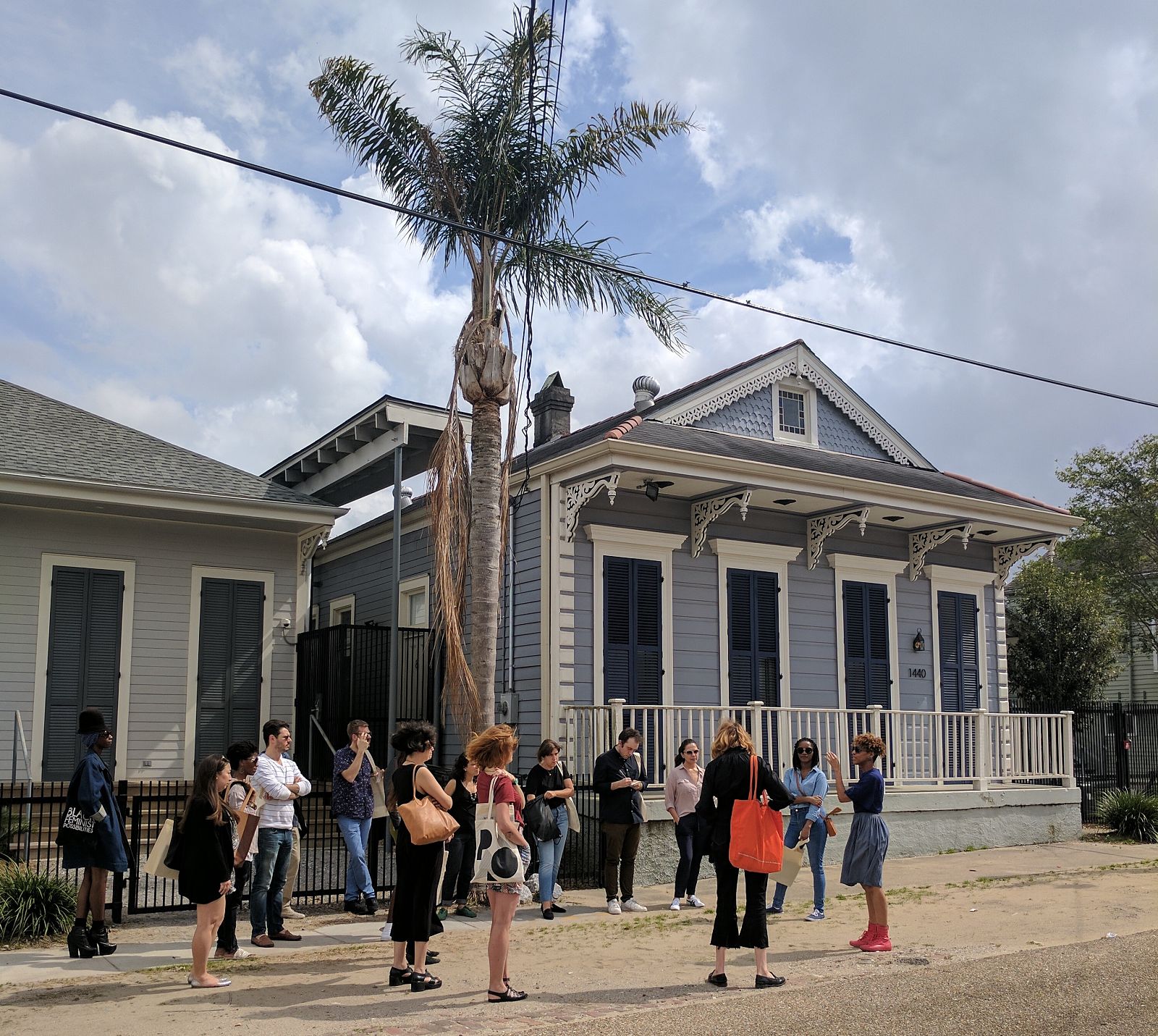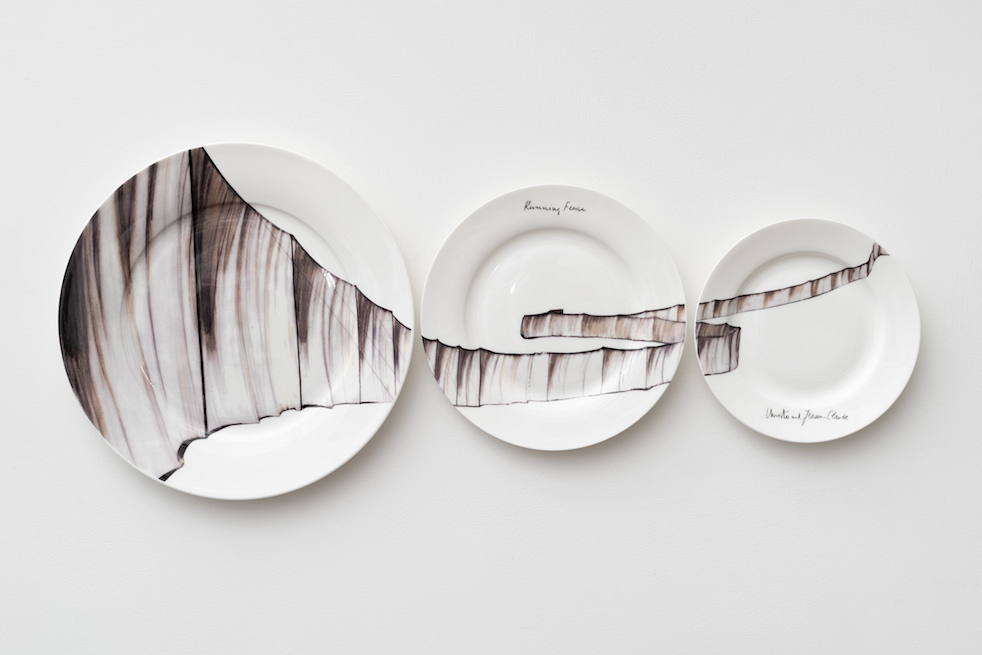The practices that demarcate the private sphere are so much a part of the fabric of everyday life—wearing clothing, politely pretending not to overhear a cell-phone conversation—that they only become noticeable when they shift, making the private sphere visible to the public eye. Privacy, to put it bluntly, captures our attention only when it is under threat.
We are living in conditions of heightened surveillance, characterized by the spread of public cameras, luggage searches, Internet monitoring and wiretapping. These supposed deterrents to terrorist activity were dubbed “the new normal” by U.S. vice president Dick Cheney after the 9/11 attacks in 2001. It is a condition that many have become accustomed to, as suggested, for example, by Sharif Waked’s video work Chic Point—a mordant response to being treated as a suspect, in which runway models wear clothing designed for Israeli checkpoints by providing easy access to their midriffs, showing flesh rather than weapons or explosives. The rapid proliferation of technology for social and communications purposes has affected privacy no less profoundly in recent years. Increased use of the Internet has created new platforms for voluntary self-disclosure, from blogs to Facebook. Private information has never been less private, as evinced by Kota Ezawa’s Home Video II, made from “leaked” video files of Pamela Anderson and Tommy Lee’s honeymoon, widely available on the Web.
Each of the works in The New Normal—video, Web sites, sculpture, artist’s books, found objects, and photographs—grants access to the private sphere of the artists themselves, of strangers, and of public officials. Overall, the exhibition creates a sense that access to private information is a kind of currency, the exchange of which is growing and evolving in bewildering ways. We may find it frightening or fascinating, but we are all inescapably complicit in it.












